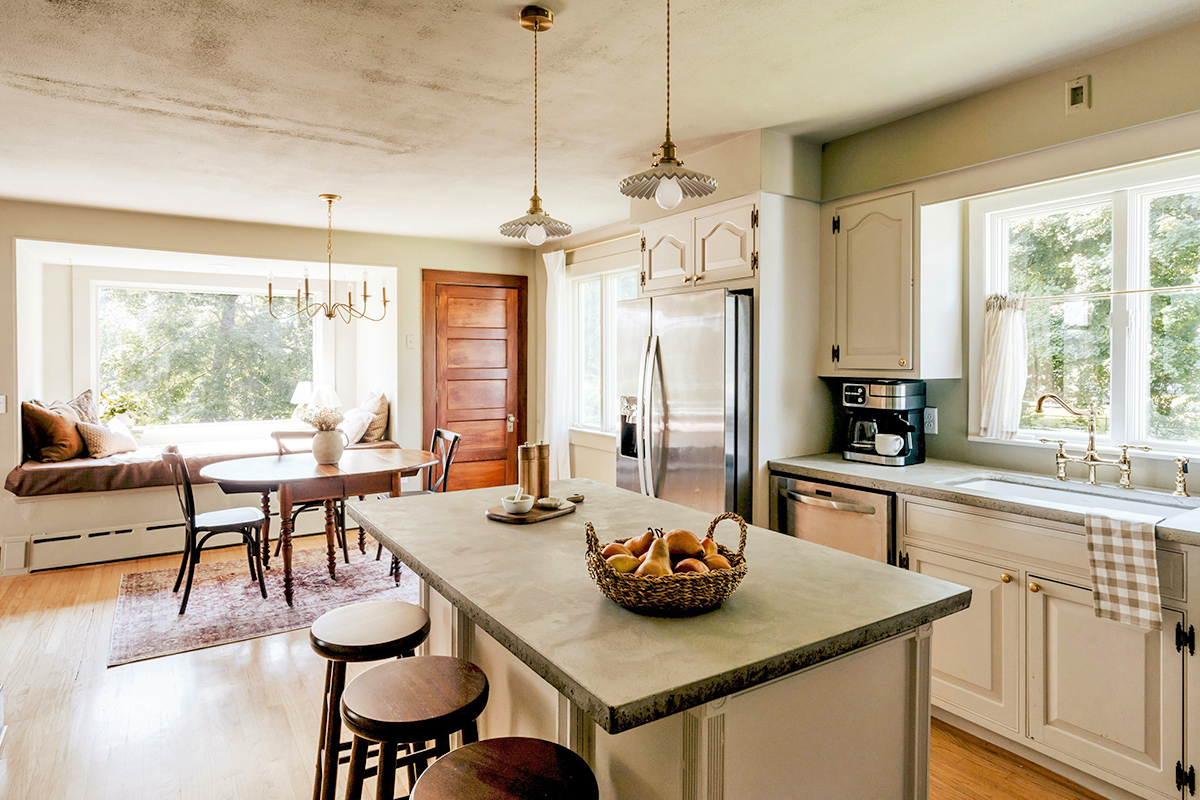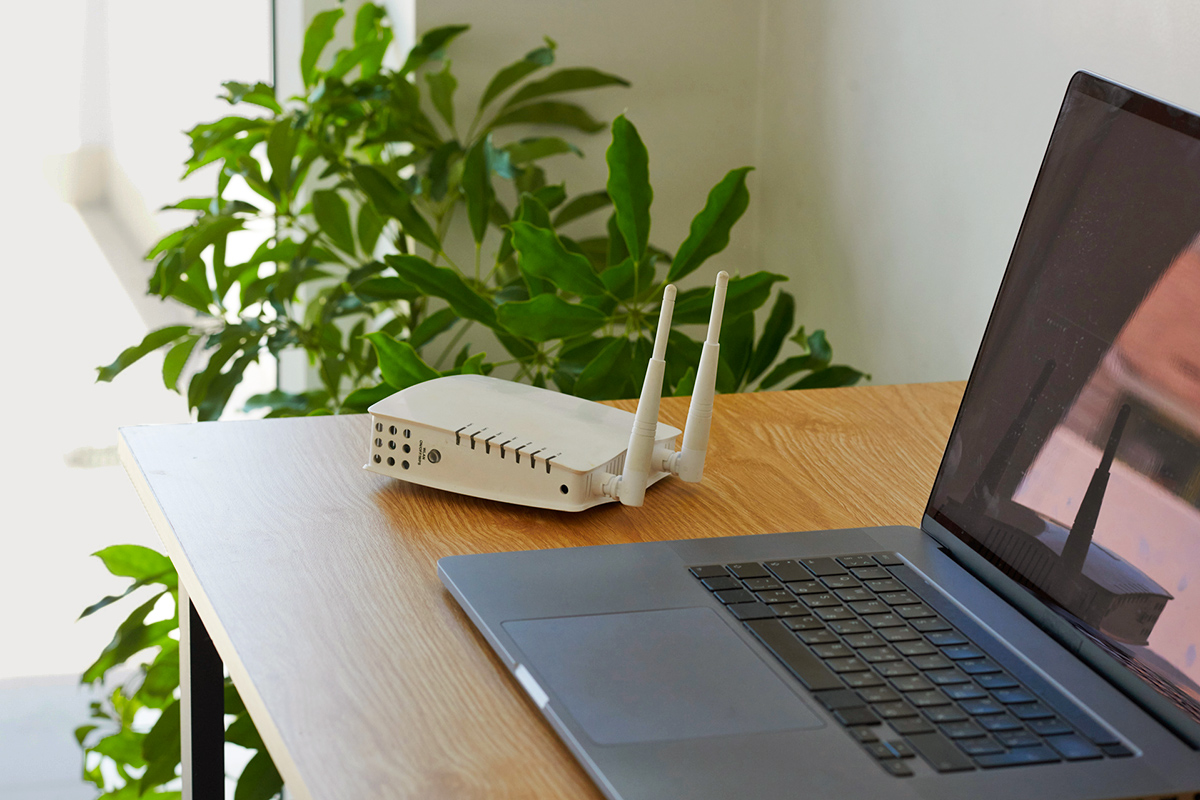A well-chosen area rug can instantly transform a room, taking it from flat and unfinished to elevated and intentional. Area rugs can define zones in an open-concept space or make a room feel more cohesive and welcoming.
Beyond adding a pop of color or a touch of personality, area rugs are also very functional. You can use them to cover up floor scratches or discoloration, prevent wear and tear, and reduce noise transfer, which is especially important if you live in an apartment building.
Size is the most important factor when shopping for an area rug that will work in your space — and there are a few designer tricks you can use to get it right.
The Two-Leg Rule
For starters, you want a rug that’s big enough to touch all of the furniture in the area you’re trying to define. At a minimum, the front two legs of each furniture piece should be on the rug. If you want to place all four legs of your furniture on an area rug, you’ll need a big rug and an even bigger budget (area rugs are notoriously expensive).
More from our network
House Outlook is part of Inbox Studio, which publishes content that uplifts, informs, and inspires.
The Art of Rug Sizing
Avoid purchasing an oversized area rug that overwhelms the space and must be pushed up against the wall. Instead, opt for something that provides at least 6 inches of space between the wall and the edge of the rug; anything less will make the room look smaller.
Similarly, selecting an area rug that’s too small can make a room feel disconnected and, unfortunately, cheap. If it’s a family heirloom or you’ve missed the return window, simply layer the smaller area rug on top of a more substantial one to cover more floor space. This will create a cozy, textured look that’s pleasing to the eye.
The next time you’re picking out a new area rug for your bedroom or home office, remember this designer trick. The right area rug will make your space feel more grounded and luxurious, no matter how much you spend.



















